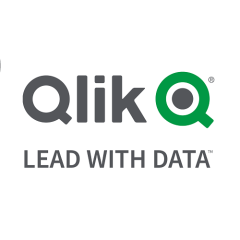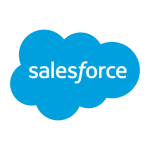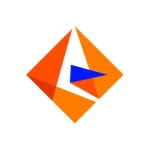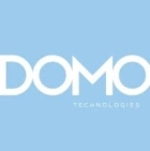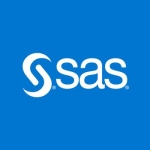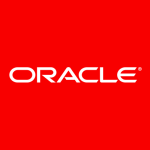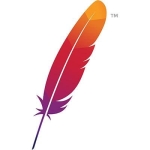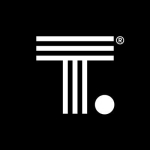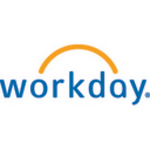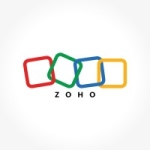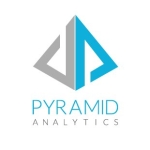We use Qlik Sense as a Corporate Analytical Tool. It is used by every functional group for creating their dashboards including but not limited to Supply Chain, Purchasing, Finance, Operations, Quality, Engineering, Warranty, Legal, etc.
We are using Qlik as a self-service analytics tool. We are using Qlik to implement some of the self-service processes, too.
We also use Qlik NPrinting to complement our Qlik Sense environment. This is mainly used for automated report bursting based on certain conditions. This takes away a lot of the manual process of creating Excel-based files on a recurring basis.
Qlik brought awareness to data-driven decision-making. More and more people in the organization are now motivated to use analytics (dashboards built-in to Qlik) for their data and reporting needs. We were able to eliminate lots of Excel files and lots of manual processes used for data acquisition and manipulation that were happening on a recurring basis.
The best impact was during COVID. We were very quickly able to create a COVID war room to keep a track of our customer and supplier operation and start our operation in a safe mode and then align it with customer and supplier Ops.
The most valuable feature is Qlik's data engine, as it is so much better than other tools. We can bring data from multiple sources and easily blend it in Qlik and create a data model (star schema).
The insight adviser is another high point because it makes it so much easier to communicate with your data. Users are able to create their own sheets and do their own analysis without worrying about data acquisition and data quality. The addition of natural language search has made this a lot more user-friendly and has opened up a lot of use cases.
Error handling is an area that needs to be improved. There is not much help on that and some of the error messaging is not very helpful. On many occasions, we have struggled to figure out what's wrong, as the error message did not help and we had to go through the hoops of going to a Qlik partner and then going to the support.
Provide some built-in functionality to migrate apps from one environment to another and make it easy for organizations that are pushing for self-service analytics.
I would like to see them make the Hub better in terms of usability, like adding personal preferences, favorites, etc.
I have been using Qlik Sense for three years.
Yes, we used a different visualization tool before Qlik. At the time we made the switch, we did a comprehensive evaluation based on a list of our success criteria and Qlik scored more points compared to other tools. Some areas where Qlik scored more are data load, security and performance.
We evaluated Power BI and Tableau.
My advice is to just look for what your organization's needs are. Every org is different and may need different licensing and architecture.
Just go and use Qlik. You will never look back. Happy Dashboarding !!!

